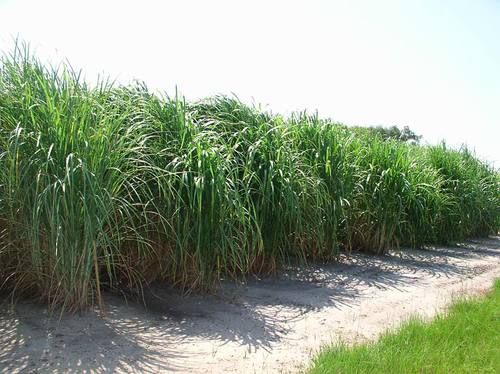Gibert Melli, a Kitale-based farmer, is now reaping big from Napier grass farming on his six-acre farm after quitting maize farming.
The farmer makes at least KSh2m per year from Napier grass as opposed to the KSh900,000 he made from maize over the same period. In a good season, the farmer would harvest 50-90Kg bags of maize per acre, which he sold at Sh3,000 per bag.
He, however, saw an opportunity for big money in Napier grass after extensive research guided by the Kenya Agriculture and Livestock Research Organisation, KALRO.
He grows the high-yielding clone 13 variety that is also resistant to snow mold. He harvests about 10 tons of Napier grass per acre every two months and sells it to dairy farmers in the region at between KSh5,000-KSh6,000 per ton.
Growing Napier Grass
Experts recommend the use of the Tumbukiza method when planting the grass as it results in higher yields of better quality feed.
How to plant Napier Grass For Your Dairy Cows
This method involves digging pits in which to plant the grass. The pits are filled with a mixture of topsoil and manure, which provides the plants with the nutrients they need to grow.
Several varieties of Napier grass are suitable for the Tumbukiza method, including Bana, Clone 13, French Cameroon, and Pakistan Hybrid.
Farmers can obtain planting material from research institutions, other farmers, or the Ministry of Agriculture.
Apply compound fertilizer (NPK: 20-20-0), 1 teaspoon per hole at planting time. Apply NPK (20-10-10 or 20-20-0) fertilizer during heavy rains at the rate of 4 teaspoons per plant. Additional topdressing may be done using CAN at the rate of 1 teaspoon per plant after cutting.
For pests and diseases, control by removing infected material and planting resistant varieties. Harvesting should be done 3 to 4 months after planting when the Napier is about one metre high.








